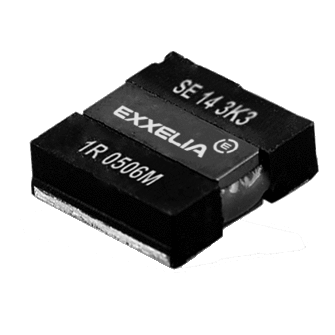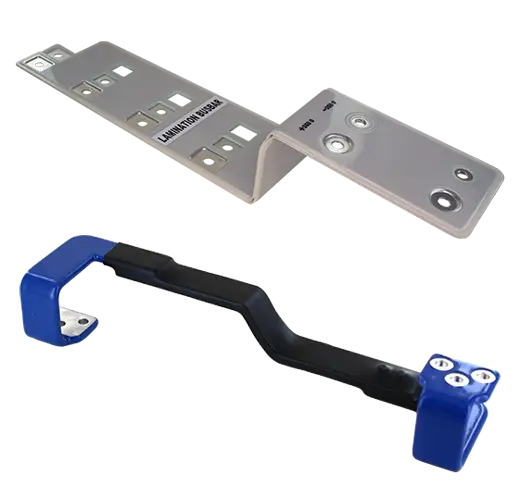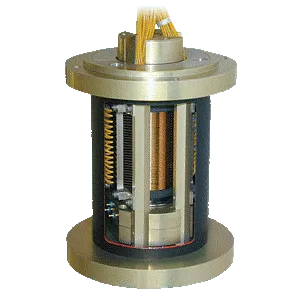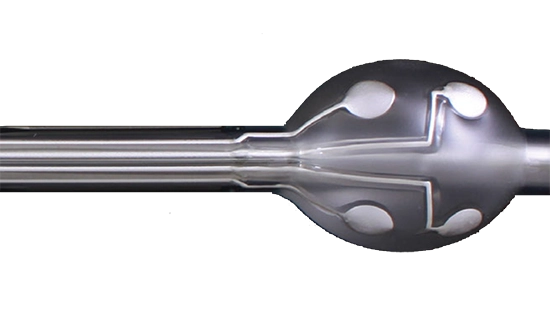Products


01/01/2022
Wishing you a prosperous 2022! Thank you for your trust. Best wishes from Exxelia team. Watch our New Year greetings video.
To a prosperous 2022 ! We thank you for the trust you have placed in us and wish you a bright and joyful New Year. Best wishes from the whole team Exxelia
To a prosperous 2022 !
We thank you for the trust you have placed in us and wish you a bright and joyful New Year.
Best wishes from the whole team Exxelia

STAY CONNECTED
Follow us on LinkedIn









